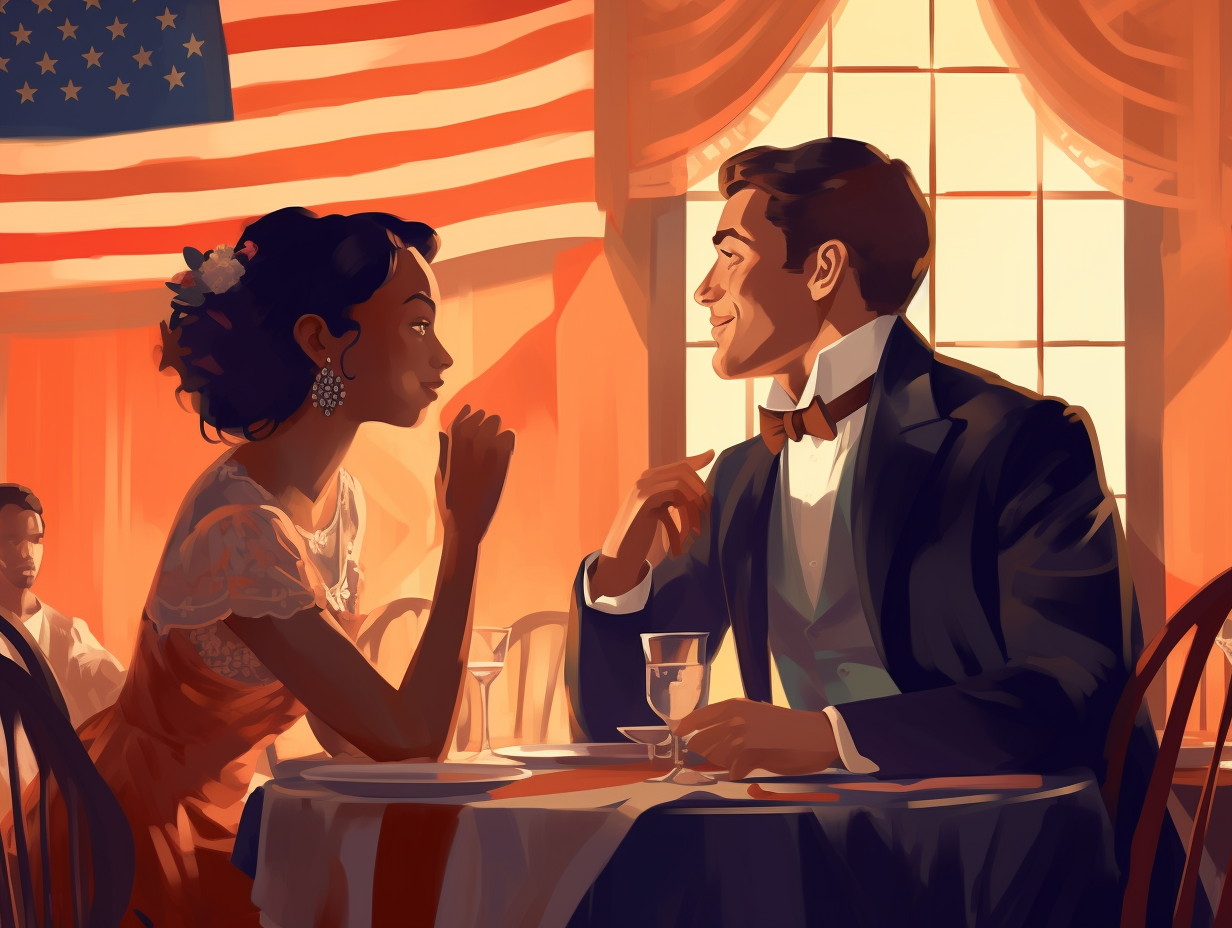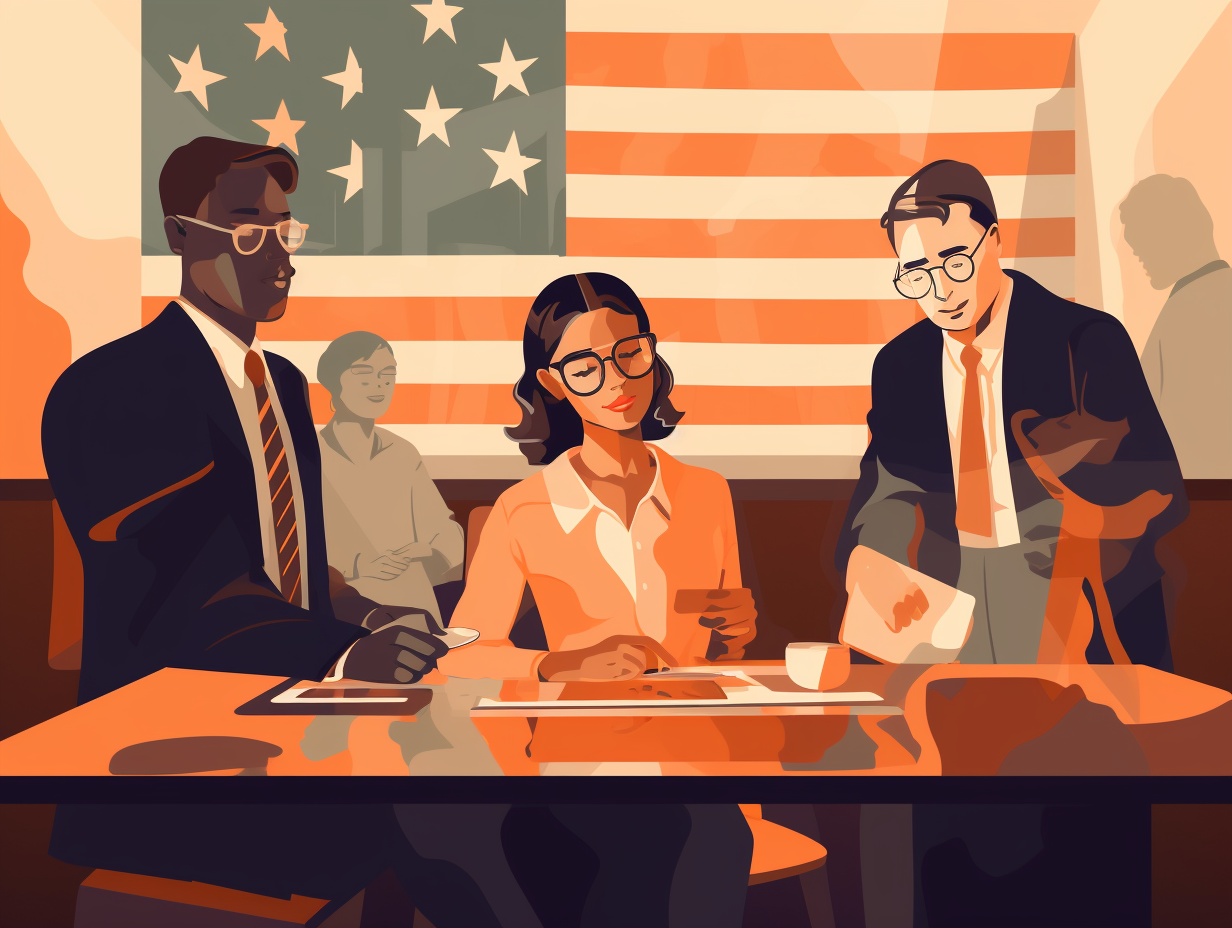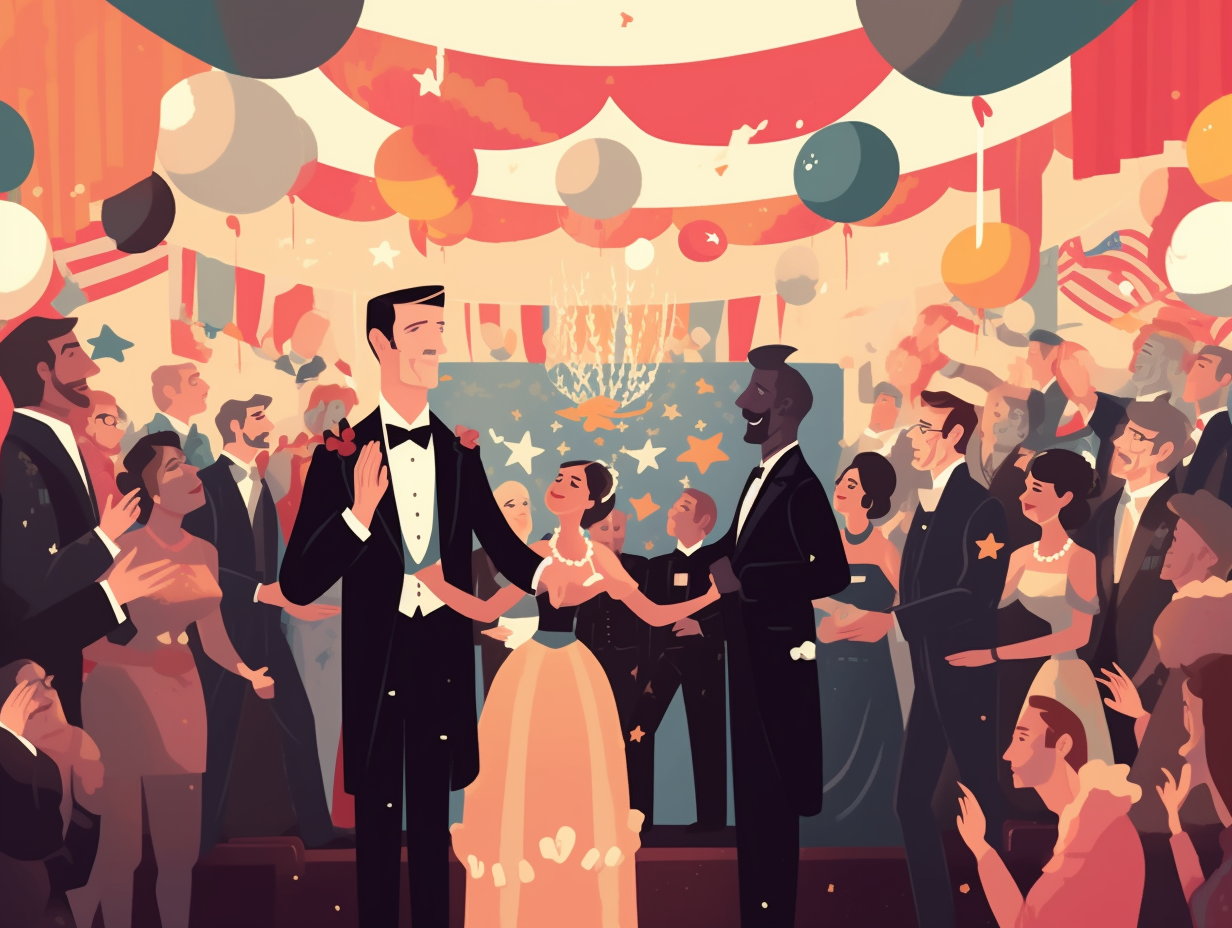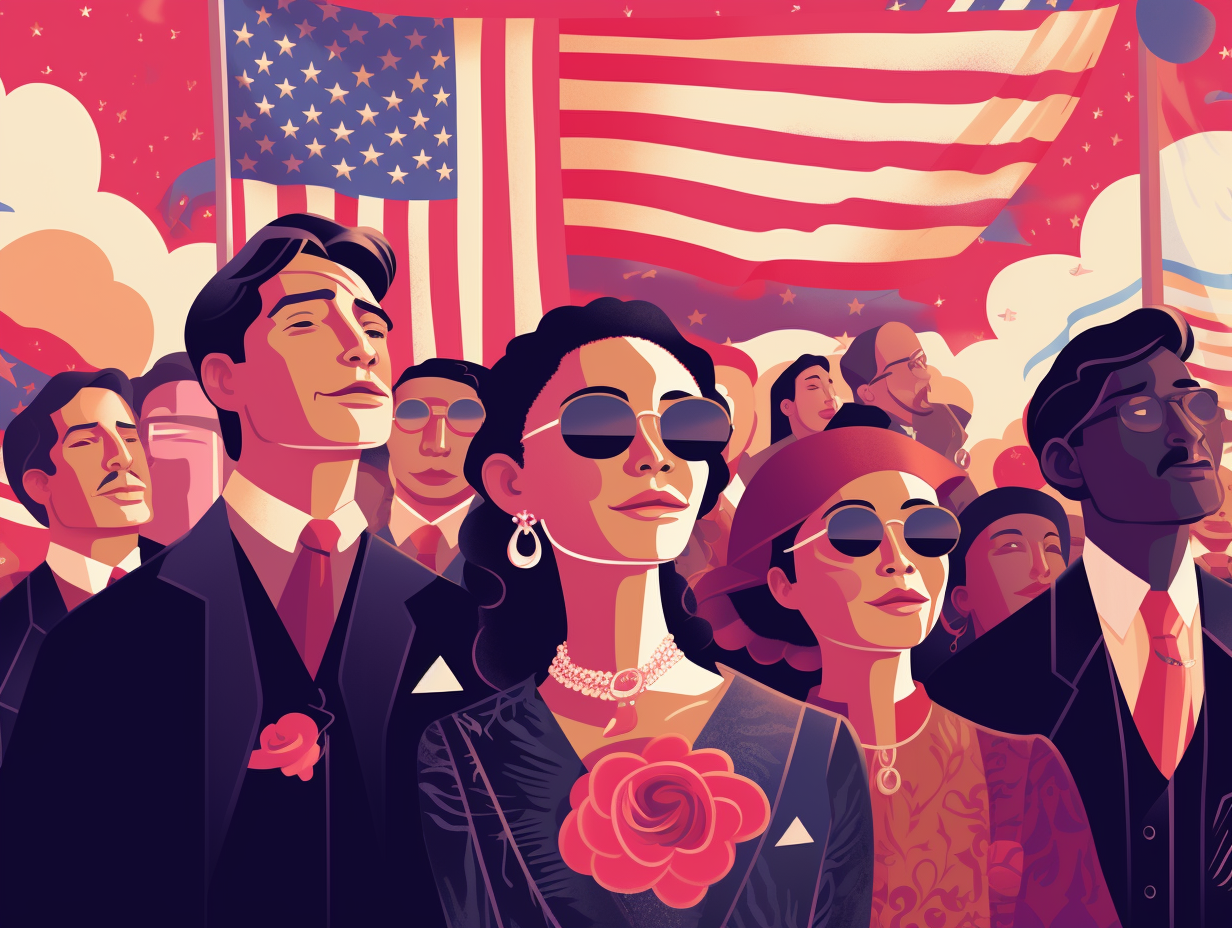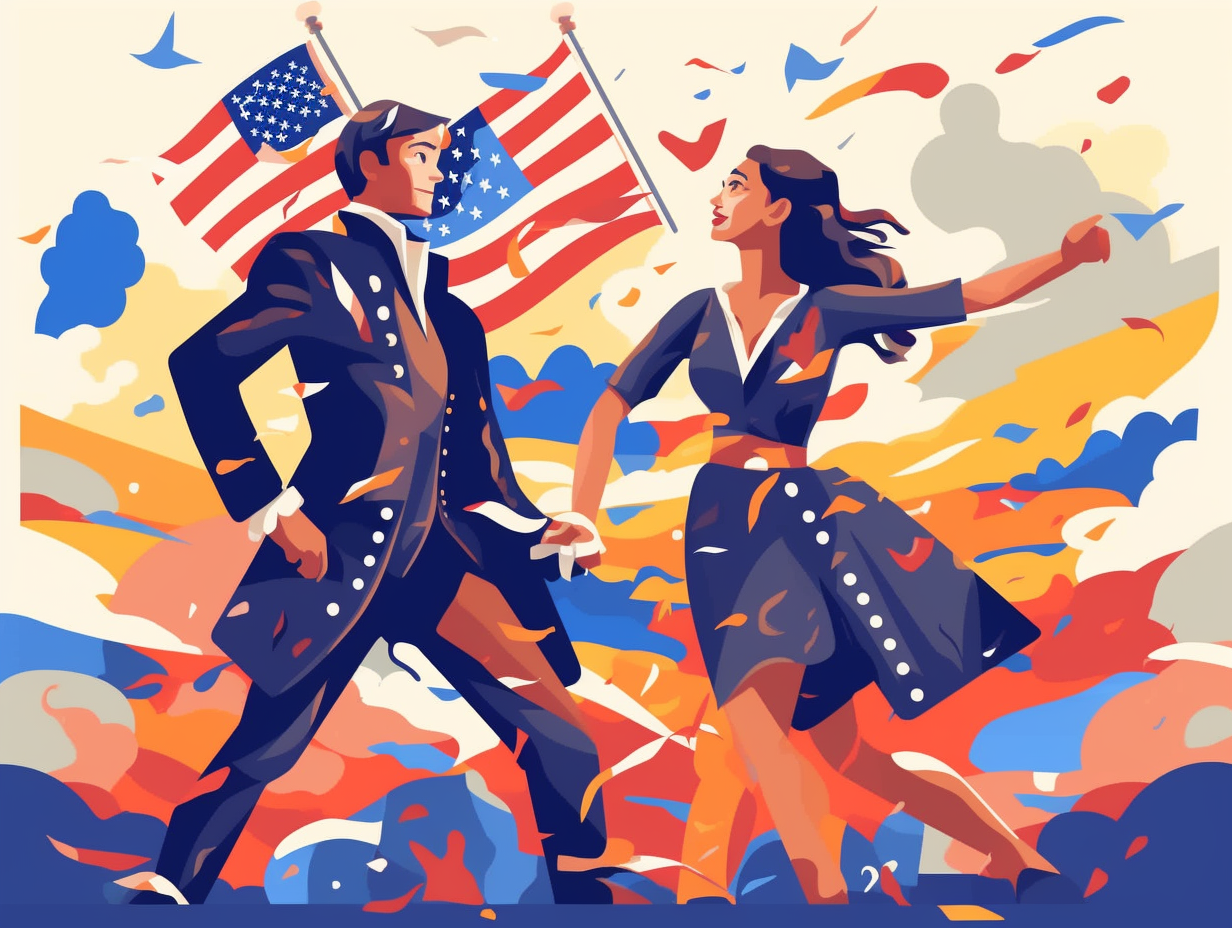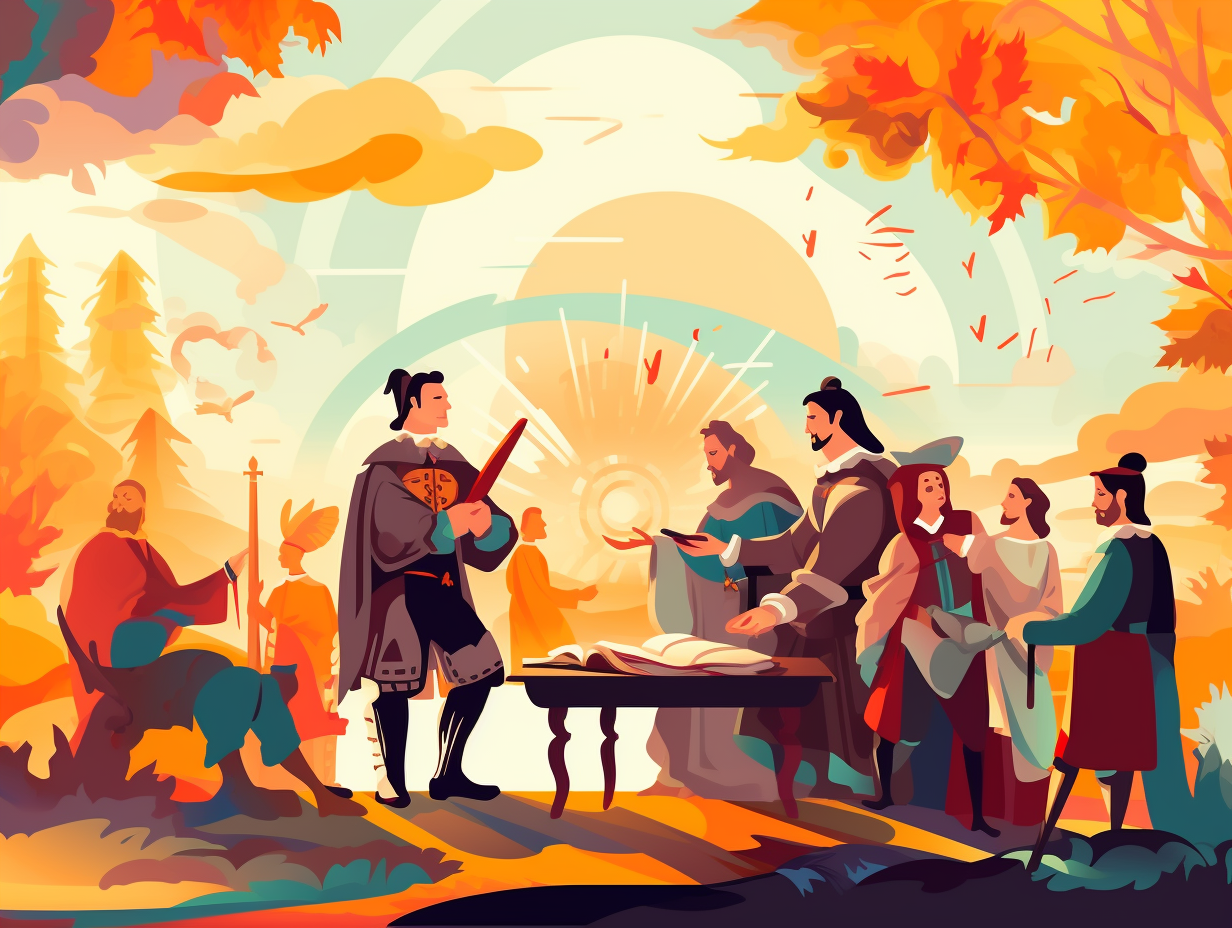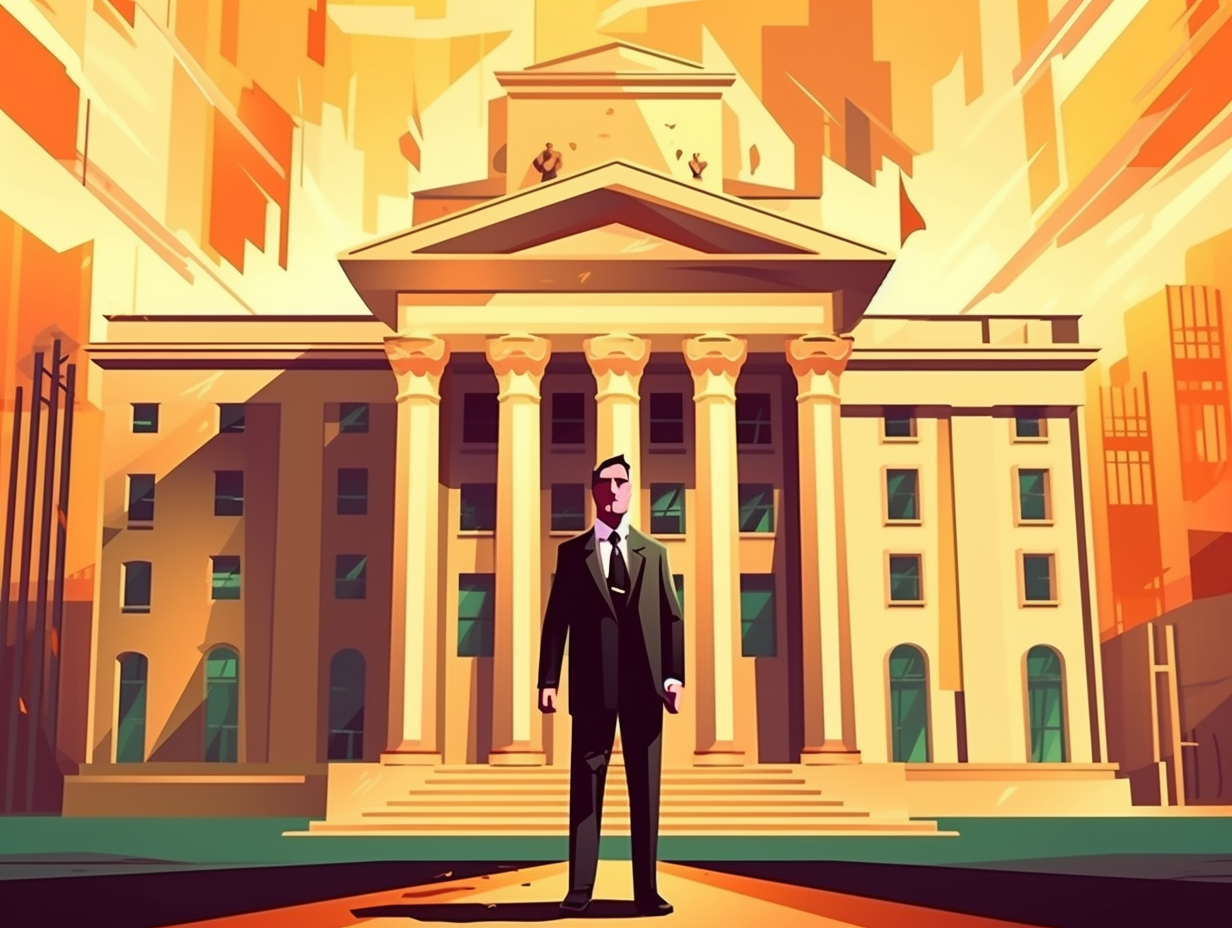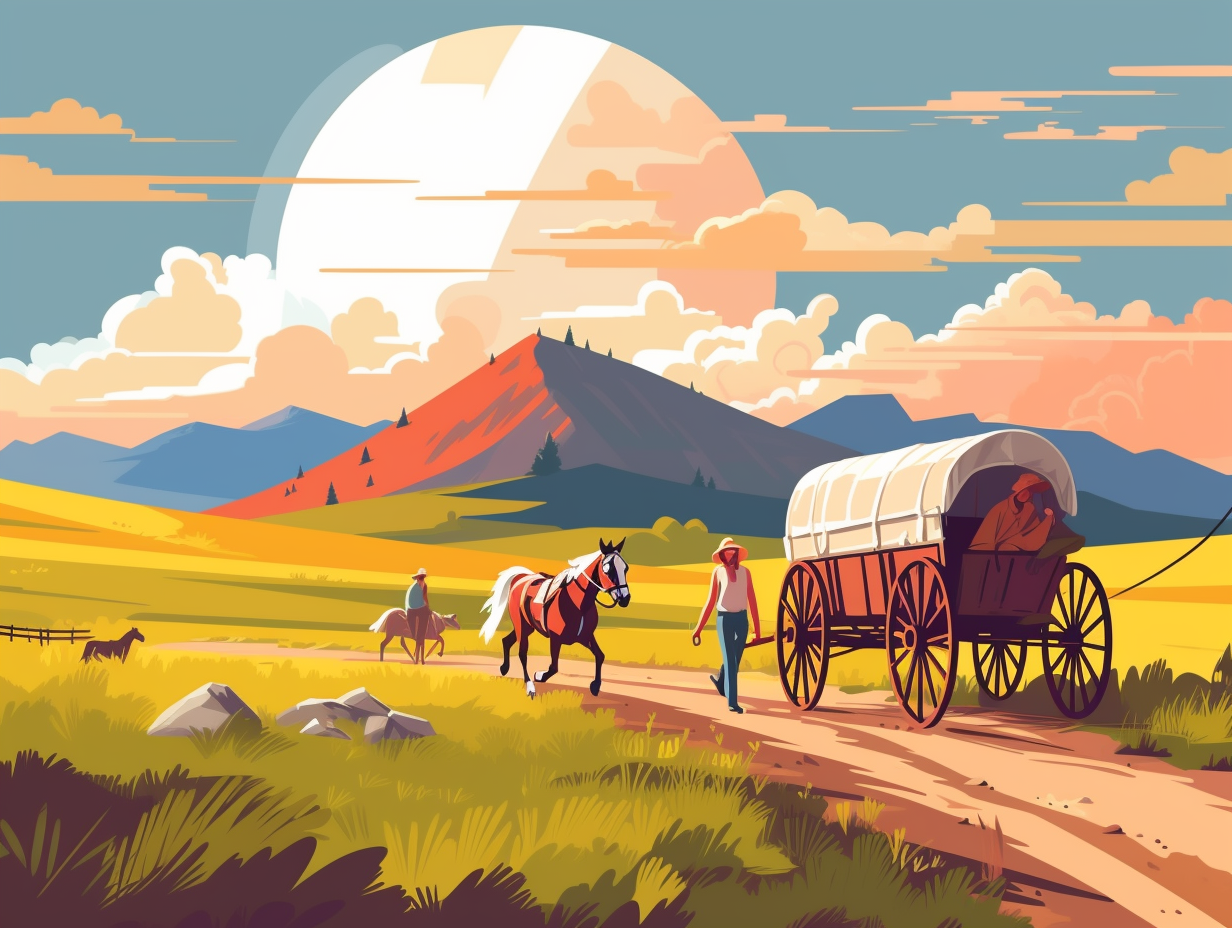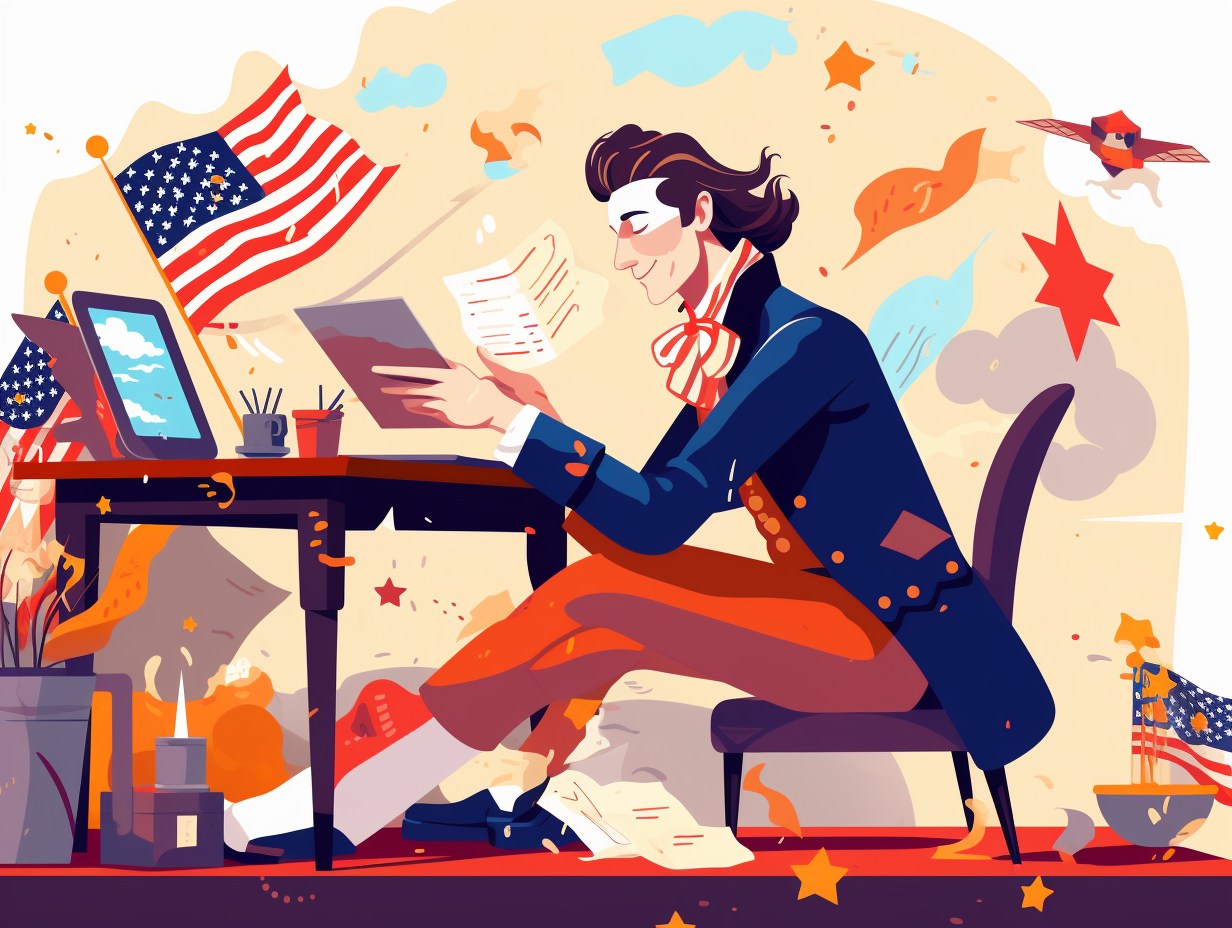Discover the 26th Amendment: Top 13 Fun Facts and Surprising Stories Behind Its History

1. Fastest Ratified Amendment
Back in the groovy '60s, the United States had raging wars, psychedelic music, and a generation demanding their right to vote with the catchy slogan, "old enough to fight, old enough to vote": The Twenty-sixth Amendment was created to address this catchy demand, lowering the voting age to 18, and holding the record for being the fastest ratified amendment in U.S. history – passing between March and July 1971, quicker than you can say "peace and love, man!"
Source => en.wikipedia.org
2. Old Enough to Fight, Old Enough to Vote
Can you dig it? When 18-year-olds were fed up with waiting to take their slice of the democracy pie, they turned the heat up on Uncle Sam's oven and cooked up a whole new amendment: The 26th Amendment, passed on July 1, 1971, lowered the voting age from 21 to 18, as young activists argued that if they were "old enough to fight, old enough to vote" during the Vietnam War, they deserved a say in the political process.
Source => en.wikipedia.org

Did you know that Alexander Hamilton, John Jay, and James Madison secretly joined forces as "Publius" to write 85 essays promoting the U.S. Constitution? Discover how these founding fathers went viral in a pre-social media world! 📜✒️🇺🇸
=> Fun Facts about The-Constitution
3. Stripes and Curfews Kicked Out
They slapped on new stripes and kicked out the curfew: The 26th Amendment, ratified in 1971, expanded America's voting freedom from age 21 to 18, ultimately enfranchising millions of young adults who could serve in wars but were previously denied the right to weigh in on policies.
Source => cypp.rutgers.edu
4. The Flash of Amendments
In a race that would give The Flash a run for his money, the 26th Amendment had states sprinting to the finish line of ratification: With a record-breaking pace of just four months, 38 states quickly approved it, making it one of the fastest ratified amendments in the history of the United States Constitution.
Source => nixonlibrary.gov
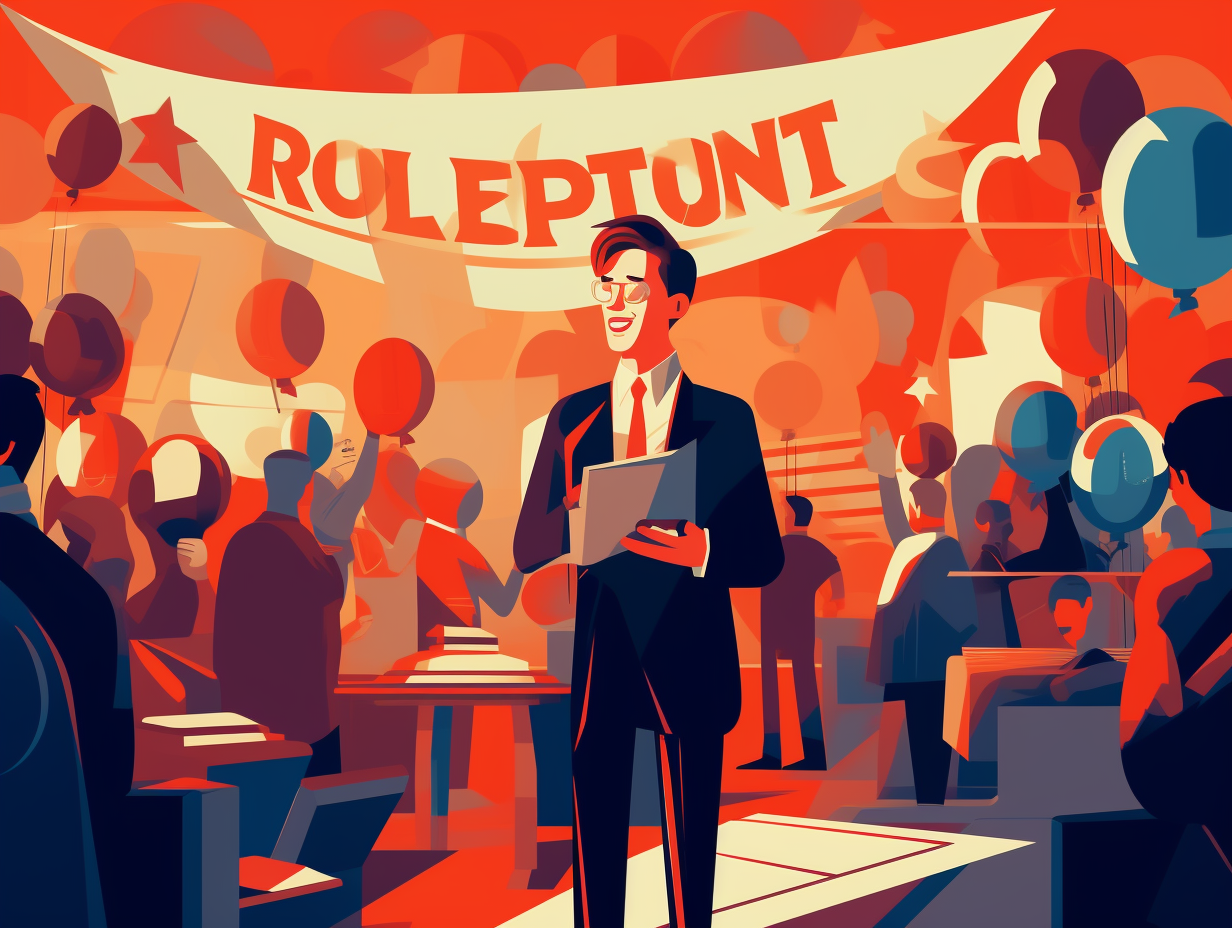
5. Age is Just a Number for Voting Rights
Whoever said "age is just a number" probably wasn't referring to voting rights, but when it came to amending the U.S. Constitution, that's just what this expression turned into: The 26th Amendment, ratified in 1971, lowered the voting age to 18 thanks to the popular slogan "old enough to fight, old enough to vote," which resonated during wartime, granting a voice to the youth being drafted into military service.
Source => rockthevote.org
6. Teenage Rebellion for Voting Rights
In a daring act of teenage rebellion, America's youth in the 1960s decided their voice should be counted in shaping their nation's government, and not just for their exceptional karaoke renditions of "Respect" and "Satisfaction": The 26th Amendment came into existence, born out of the youth voting rights movement during the Vietnam War, granting 18-year-olds the right to vote under the rallying cry, "old enough to fight, old enough to vote."
Source => rockthevote.org
7. High School Romance Speed Records
Talk about a teenage dream come true: The 26th Amendment, which allowed 18-year-olds to finally have their voices heard in the voting booth, whizzed through the ratification process faster than a high school romance – it stands as the speediest amendment in US history, taking only four months to solidify its place in the Constitution. The cherry on top? President Nixon signed off on this monumental milestone in a swanky White House ceremony on July 5, 1971, with three lucky 18-year-olds bearing witness as if attending prom with the coolest teacher ever!
Source => nixonlibrary.gov
8. Speedy Gonzales Ratification
Talk about racing to the finish line, and we aren't talking about Speedy Gonzales! The 26th Amendment found itself sprinting through the ratification process like a jackrabbit on a sugar rush: It holds the record for the quickest ratification of any of the 27 Amendments, taking just a little over three months to be approved and ratified by 38 states. Despite a divided Supreme Court in Oregon v. Mitchell, public opinion and bureaucratic concerns helped it zoom past the finish line, with a total of 43 states agreeing to ratification and seven states essentially saying "never mind, it's done already!"
Source => constitutioncenter.org
9. Supreme Court's Mind-your-own-business
You know how your mom always said to "mind your own business"? Well, the Supreme Court took that a little too literally back in 1970: In Oregon v. Mitchell, they ruled that Congress can only set voter qualifications in federal elections, not state or local ones. Good thing the Twenty-sixth Amendment came along six months later to level the playing field and say, "No age discrimination here, folks!" Now all youthful voters over 18 can have their say, no matter the election.
Source => en.wikipedia.org

10. WW2 and Vietnam War's Impact
Honey, they shrunk the voting age: As the echoes of World War II and the Vietnam War reverberated through the hallways of democracy, the 26th Amendment swiftly cruised into law on July 1, 1971, securing the right to vote for citizens aged 18 and above, all thanks to a mixture of draft-dodging and a pinch of patriotic fervor.
Source => nationalww2museum.org
11. No More Fake IDs at the Ballot Box
Forget needing a fake ID at the ballot box: The 26th Amendment lowered the federal voting age from 21 to 18, spurred by the catchphrase "old enough to fight, old enough to vote" during the Vietnam War. This monumental change granted over 11 million fresh-faced Americans the right to have their say in federal, state, and local elections across the nation.
Source => rockthevote.org
12. Avocado Toast and TikTok at the Ballot Box
In a time where avocado toast and TikTok dances capture the hearts of America's youth, it's no surprise they've also stormed the ballot box like an eager flash mob: The 26th Amendment led to a significant surge in youth voter turnout since 1971, with the 2018 midterms and 2020 presidential election boasting the highest young voter participation in decades.
Source => rockthevote.org
13. Post-26th Amendment Voter Turnout Rollercoaster
In a curious case of what might be called "youthful rebellion": after a whopping 50% of the newly empowered 18- to 20-year-olds flocked to the polls in 1972, the first post-26th Amendment presidential election, their voter turnout took a nosedive, eventually plummeting to a flaccid 28% in the 2000 election, according to U.S. Census statistics.
Source => news.gallup.com
Related Fun Facts

